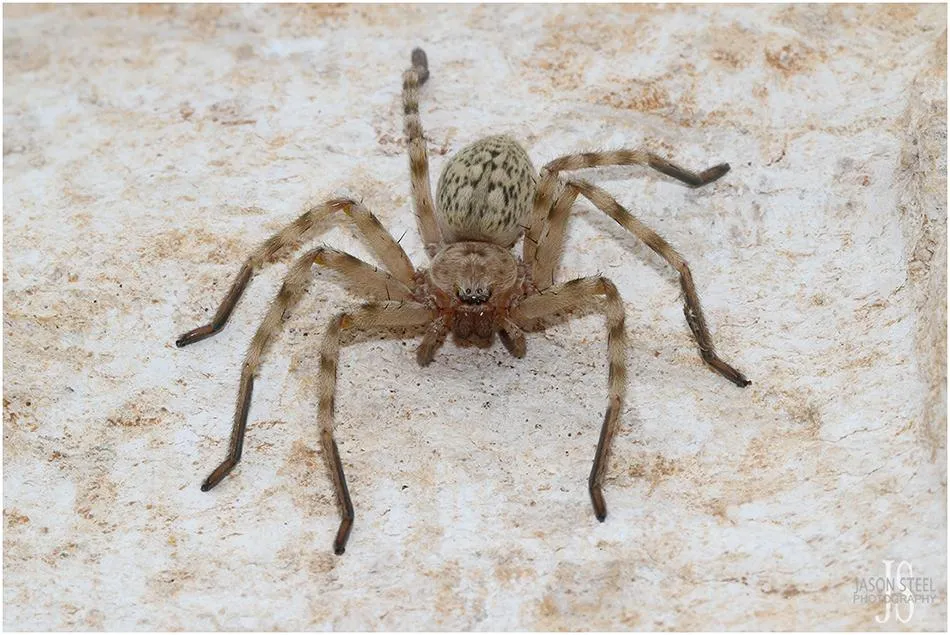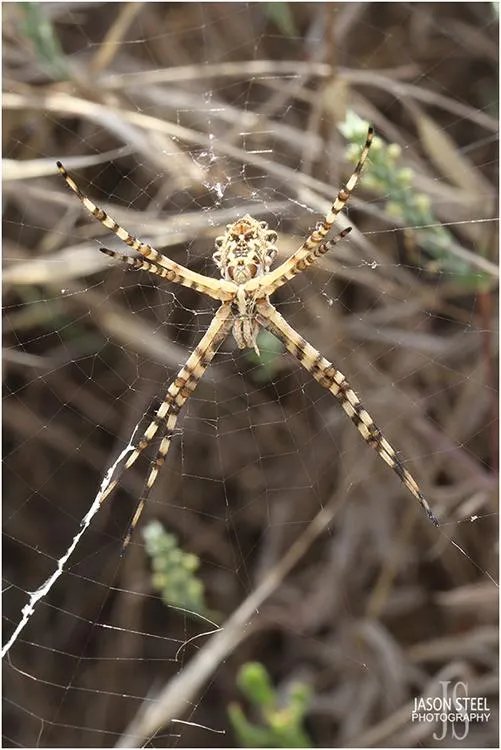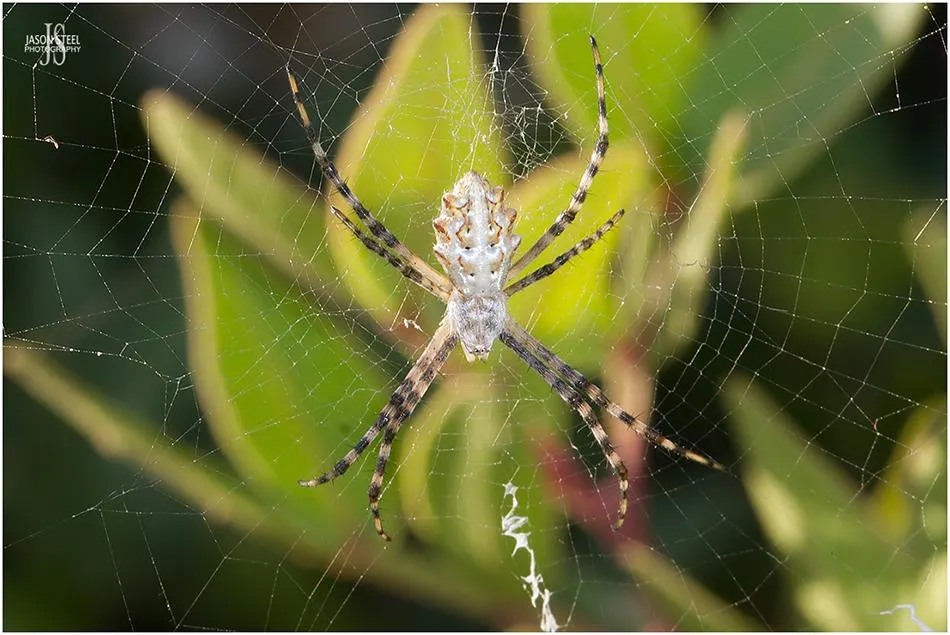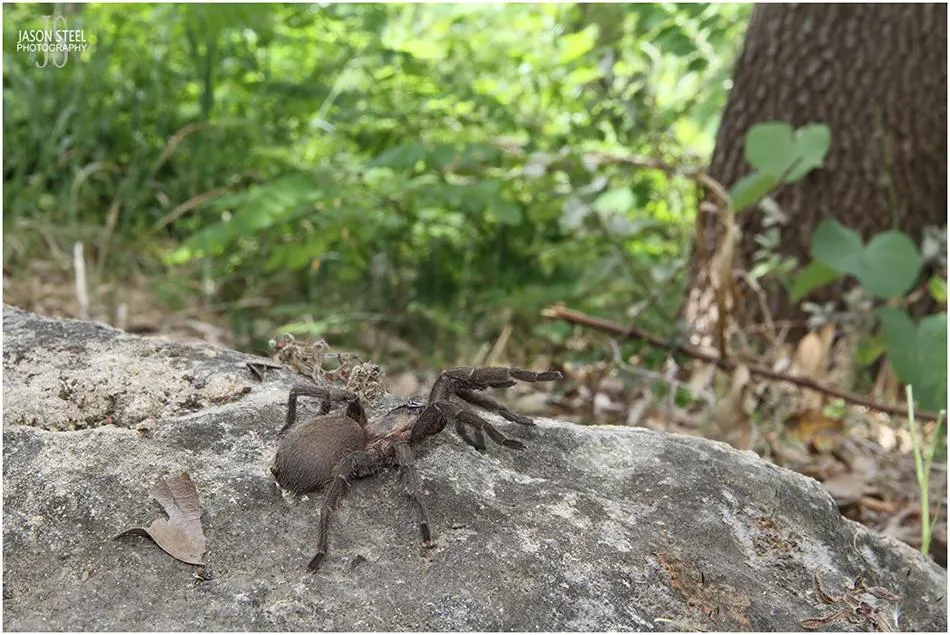The Allure of Cyprus Tarantulas
Cyprus, a beautiful island in the Mediterranean, is home to a fascinating array of wildlife, including the captivating tarantula spider. These impressive arachnids, often misunderstood, play a crucial role in the island’s ecosystem. The presence of tarantulas in Cyprus adds to its biodiversity and offers a unique subject of study for nature enthusiasts and scientists alike. Learning about these creatures helps us appreciate the intricate balance of nature and the importance of conservation efforts. This article will delve into the world of Cyprus tarantulas, exploring their habitat, behavior, and the role they play in the island’s ecology.
Are Tarantulas Native to Cyprus?
Yes, tarantulas are indeed native to Cyprus. While not as widely known as some of the island’s other unique species, tarantulas have carved out a niche for themselves in the Cypriot landscape. Their presence is a testament to the island’s varied habitats, from the coastal plains to the mountainous regions, which provide suitable environments for these spiders to thrive. Understanding their native status is the first step towards appreciating their role in the local ecosystem and the importance of protecting their habitats.
Cyprus’s Unique Ecosystem

Cyprus’s unique ecosystem is a mosaic of diverse habitats that provide the perfect environment for tarantulas. The island’s climate, characterized by hot, dry summers and mild, wet winters, supports a variety of plant life, which in turn, attracts various insects and small animals that serve as prey for tarantulas. The geological features, including rocky terrains and natural shelters, contribute to the tarantulas’ ability to create burrows and thrive. The absence of extreme weather events such as hurricanes or severe winters provides a stable environment for these creatures.
What Makes Tarantulas Thrive?
Several factors contribute to the tarantulas’ success in Cyprus. First and foremost, the availability of food is critical. These spiders are predators, feeding on insects, small reptiles, and other invertebrates. The abundance of these prey items ensures a steady food supply. Furthermore, the presence of suitable habitats, such as burrows in the ground or crevices in rocks, provides protection from predators and harsh weather conditions. Finally, the relatively stable climate of Cyprus allows for a consistent breeding season, contributing to the population’s growth. The availability of resources like clean water is also essential for the spider’s survival and overall health.
Species Found in Cyprus
While specific species identification can be complex, Cyprus is home to at least one confirmed species of tarantula. These spiders are typically identified by their physical characteristics, such as size, color, and the presence of specific features. Ongoing research continues to provide further insights into the exact species present and their distribution across the island. For accurate identification, it’s best to consult with a local expert or refer to scientific resources dedicated to Cypriot fauna. The identification of species helps in understanding the specific ecological roles each tarantula type plays and how to protect them.
Cyprus Tarantula Facts

Fact 1 Habitat and Behavior
Cyprus tarantulas are primarily terrestrial spiders, meaning they spend most of their lives on the ground. They are often found in burrows, either self-dug or utilizing natural crevices. These burrows serve as shelters from predators and extreme temperatures. They are nocturnal hunters, meaning they are most active at night, when they emerge from their burrows to hunt for food. Their behavior includes the construction of silk webs around the entrance of their burrows, which serve as tripwires to detect prey.
Fact 2 Physical Characteristics
Tarantulas are large, hairy spiders with a distinctive appearance. Their size can vary depending on the species, but they are generally larger than other spiders found in Cyprus. They have two main body parts cephalothorax and abdomen, eight legs, and two pedipalps, which are used for sensing and manipulating objects. Their bodies are covered in setae (hairs), which can also cause irritation if touched. Coloration ranges from brown to dark gray, often blending with the environment for camouflage. Their fangs are relatively large, used for injecting venom to subdue prey.
Fact 3 Venom and Risks

Tarantulas possess venom, which they use to immobilize their prey. The venom is not typically considered lethal to humans; however, a bite can be painful and cause localized symptoms such as redness, swelling, and muscle cramps. Allergic reactions are rare but possible. If bitten, it is recommended to clean the area thoroughly and seek medical attention if symptoms worsen or persist. It’s important to avoid provoking the spiders, as they usually bite only when threatened. In most cases, the risks associated with tarantula bites are minimal, with symptoms typically resolving within a few days.
Fact 4 Diet and Feeding Habits
Tarantulas are carnivores, and their diet consists primarily of insects, small reptiles, and sometimes small mammals. They are ambush predators, waiting patiently near their burrows for prey to pass by. Once prey is within reach, the tarantula will quickly strike, injecting venom to paralyze its victim. The spider then uses its chelicerae (fangs) to break down the prey’s body, allowing them to suck out the fluids. Feeding frequency varies, but tarantulas can go for extended periods without eating, especially during times of scarcity or colder weather.
Fact 5 Conservation Status
The conservation status of Cyprus tarantulas is an important consideration. While specific data on the population of tarantulas on the island can be limited, their habitats are threatened by habitat loss due to development and human activity. Conservation efforts should focus on protecting their natural habitats and promoting sustainable practices. Public awareness is key, educating people about the importance of these spiders in the ecosystem and encouraging responsible interactions. Ongoing research is crucial to better understand the population dynamics and the threats they face.
Where to Spot Tarantulas in Cyprus

Ideal Habitats for Tarantulas
Tarantulas prefer habitats with well-drained soil and access to shelter, such as burrows or rock crevices. These environments are usually found in undisturbed areas, away from human interference. Rocky hillsides, sparsely vegetated areas, and coastal regions can be ideal locations. Look for areas with a diverse array of insect life, as this is a primary food source for tarantulas. Researching local topography and ecological conditions is the best way to identify potentially suitable areas for tarantula observation.
Best Times for Observation
The best time to observe tarantulas in Cyprus is during the warmer months, particularly in spring and early autumn when the temperatures are moderate, and prey is abundant. As nocturnal hunters, tarantulas are most active during the evening and night. The hours just after sunset are generally the most fruitful for spotting these spiders. Always approach any potential sighting with caution and respect their space, avoiding any action that could disturb or provoke them.
Conservation and Safety

Respecting Tarantula Habitats
It is essential to respect the habitats of tarantulas and other wildlife. Avoid disturbing their burrows, as this can disrupt their lives and potentially lead to defensive behavior. When hiking or exploring potential tarantula habitats, stay on marked trails and avoid unnecessary off-road excursions. Do not remove rocks or other features, as these provide shelter. Leaving the area as you found it helps to preserve their natural environment and ensures their continued survival. Educating others about the importance of tarantula habitats is also a great way to promote conservation.
First Aid and Safety Precautions
While the risk of serious harm from a tarantula bite is relatively low, it’s crucial to know what to do in case of an incident. If bitten, remain calm and clean the bite wound thoroughly with soap and water. Apply a cold compress to reduce swelling and pain. Monitor for signs of an allergic reaction, such as difficulty breathing or excessive swelling, and seek medical attention immediately if any of these symptoms occur. Avoid provoking or handling tarantulas. Carry a basic first-aid kit and be aware of the potential dangers in the environment.
In conclusion, the presence of tarantula spiders in Cyprus adds to the island’s unique biodiversity and provides a fascinating subject for observation and study. Appreciating their role in the ecosystem and taking steps to protect their habitats are critical for ensuring their continued survival. By respecting these creatures and their environment, we can contribute to a healthier, more balanced ecosystem. Remember to observe from a distance, appreciate their beauty, and help protect these amazing creatures for future generations.
